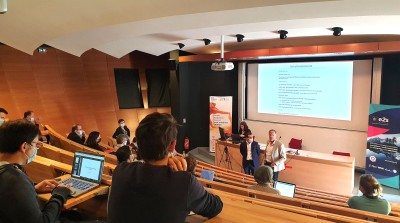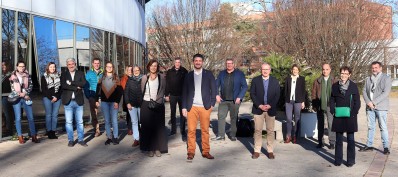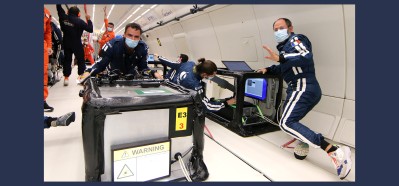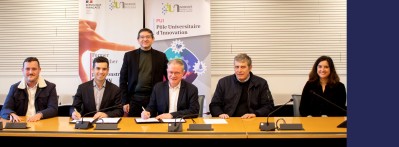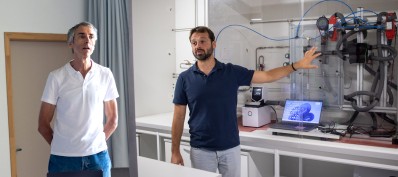RINGS: Research on the Injection of New Gases into natural gas Storage facilities
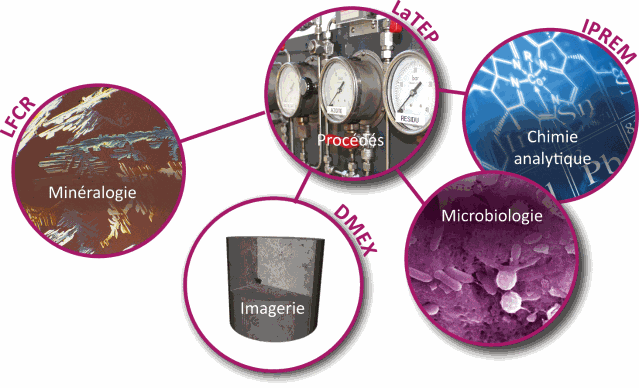
Hydrogen and biomethane can complete our energy requirements and could ultimately replace fossil fuels. Today, these gases are mixed with natural gas, which is partly stored underground. The behavior of these new gases in deep aquifers is been studied by researchers.
They are known as “new gases” or “green gases” as opposed to natural gases originating from the depths of the earth. Researchers at UPPA are particularly interested in two of them: hydrogen and biomethane.
Produced naturally or artificially, both gases could be likely candidates for completing or even replacing fossil fuels, provided we manage to store them.
This is the aim of the RINGS project (Research on the Injection of New Gases into natural gas Storage facilities) conducted by several laboratories of UPPA in close cooperation with the two French companies in the sector: Storenergy and Térega.
“These aquifers are stable environments that provide a habitat for bacterial communities interacting with the storage facilities. Injecting new gases into the storage facilities is likely to upset the equilibrium of the processes happening there,” explains Pierre Cézac, Director of the ISIFoR Carnot Institute and Coordinator of the project. “The aim of our work is therefore to identify and quantify the biogeochemical processes that take place between the stored gas, the aquifer water and the reservoir rock to ultimately define an acceptable threshold of new gas in natural gas that can be injected into the storage facilities.”
The project comes within the scope of research carried out by E2S UPPA and the ISIFoR Carnot Institute. Its main feature is that it involves some complementary areas of expertise of UPPA in analytical chemistry, microbiology, geology, imaging and processes.
First of all, the LaTEP is tasked with designing a pilot capable of simulating in situ conditions. It will then be up to the IPREM to analyze the data obtained from monitoring the micro-organisms and their activities under pressure, as well as the interactions between the microbial biofilm and the mineral matrix, the task of the LFCR to measure the impact on the rock, and finally, the responsibility of the DMEX imaging center to monitor any changes in the physical characteristics of the rock and the biofilm.
In total, a dozen UPPA researchers are working alongside Storenergy and Térega to rise to the challenge of the energy transition.
